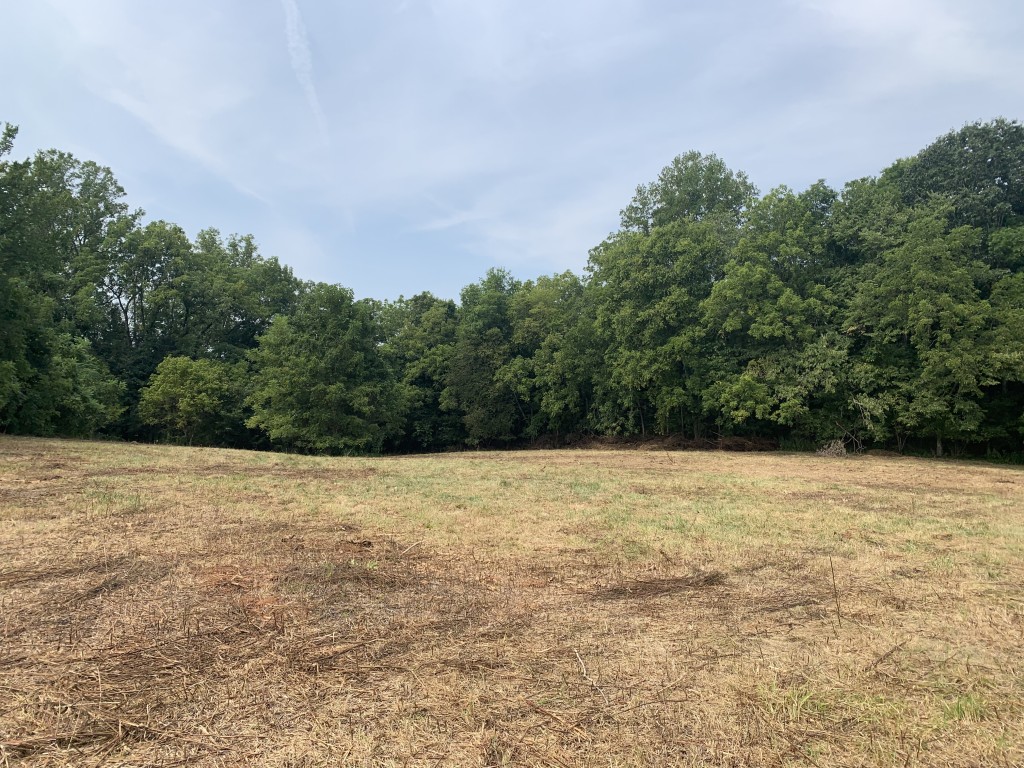At the end of a rural residential lane in the rolling Piedmont of North Carolina lies the Thayer Farm site. The site, which contains a Native American village, is next to a slight ridge near the headwaters of the Uwharrie River. To get there is a quiet drive, dotted with a few residences and free-range chickens, which belies the fact that development would have destroyed the site if it were not for the efforts of dedicated archaeologists and volunteers.
Thayer Farm, which took its name from a local property owner, contains the remains of an Uwharrie phase village. This description refers to the site’s location along the river, as well as its likely date of occupation, estimated as circa A.D. 800-1200 during the Middle Woodland Period—largely determined by the type of pottery found on the property.
While the site was known to collectors previously, it was first recorded by renowned North Carolina archaeologist Joffre Coe in 1936 as the Covered Bridge site. The Uwharrie focus was defined by Coe based on his 1930s excavations of the nearby Keyauwee site. Uwharrie pottery is a simple ceramic made with quartz temper that is often cord-marked and incised.
Development plans prompted archaeologists to take another look at the site. Coe, along with Stephen Clagett from the North Carolina Office of State Archaeology and volunteers, tested the site in 1984 to determine if there was intact stratigraphy. They uncovered numerous features and midden debris. The crew continued excavations in 1985 to further define the site’s boundaries. Artifacts found during this work included ceramics, lithic materials, faunal remains, and shell. It was discovered that the organic materials—including animal and fish bones, shell, charcoal, and plant remains—were well-preserved.
Based on the findings, the site was listed on the National Register of Historic Places. The owners ultimately donated the land to Preservation North Carolina, which then deeded the property to the Coe Foundation for Archaeological Research (CFAR)—named the North Carolina Center for Archaeological Research at that time—a nonprofit dedicated to protecting archaeological sites and supporting research.
Aside from the 1980s excavations, there has been little work done on this site, leaving tremendous research potential for future archaeologists who want to better explore and understand ancient cultures in the Piedmont region. This site is especially important for understanding the lives of Indigenous peoples just prior to European contact.
Conservancy staff were contacted by archaeologist Billy Oliver, one of the founders of CFAR. The organization had dissolved as membership dissipated, and the group wanted to be certain that Thayer Farm remained protected. The land was donated to the Conservancy for ongoing management. Preservation North Carolina, which holds protective covenants on the property, approved the donation.
The Conservancy is grateful to the former members of CFAR, including Oliver and board member Terry Mills, who worked to ensure this site would remain protected, as well as the neighbors of the 5-acre property containing the site, who have graciously offered to serve as site stewards and assist with management needs. This site is the seventh Conservancy acquisition in North Carolina.




